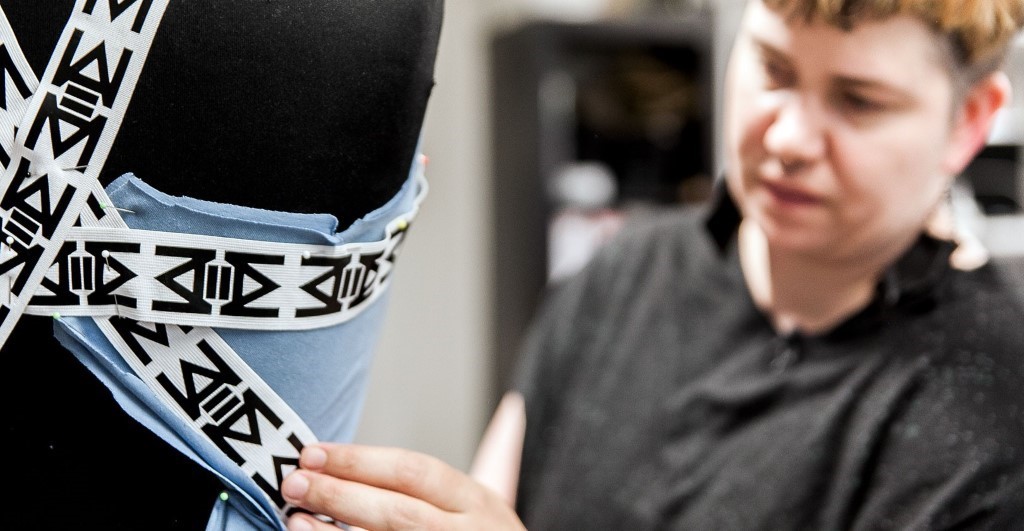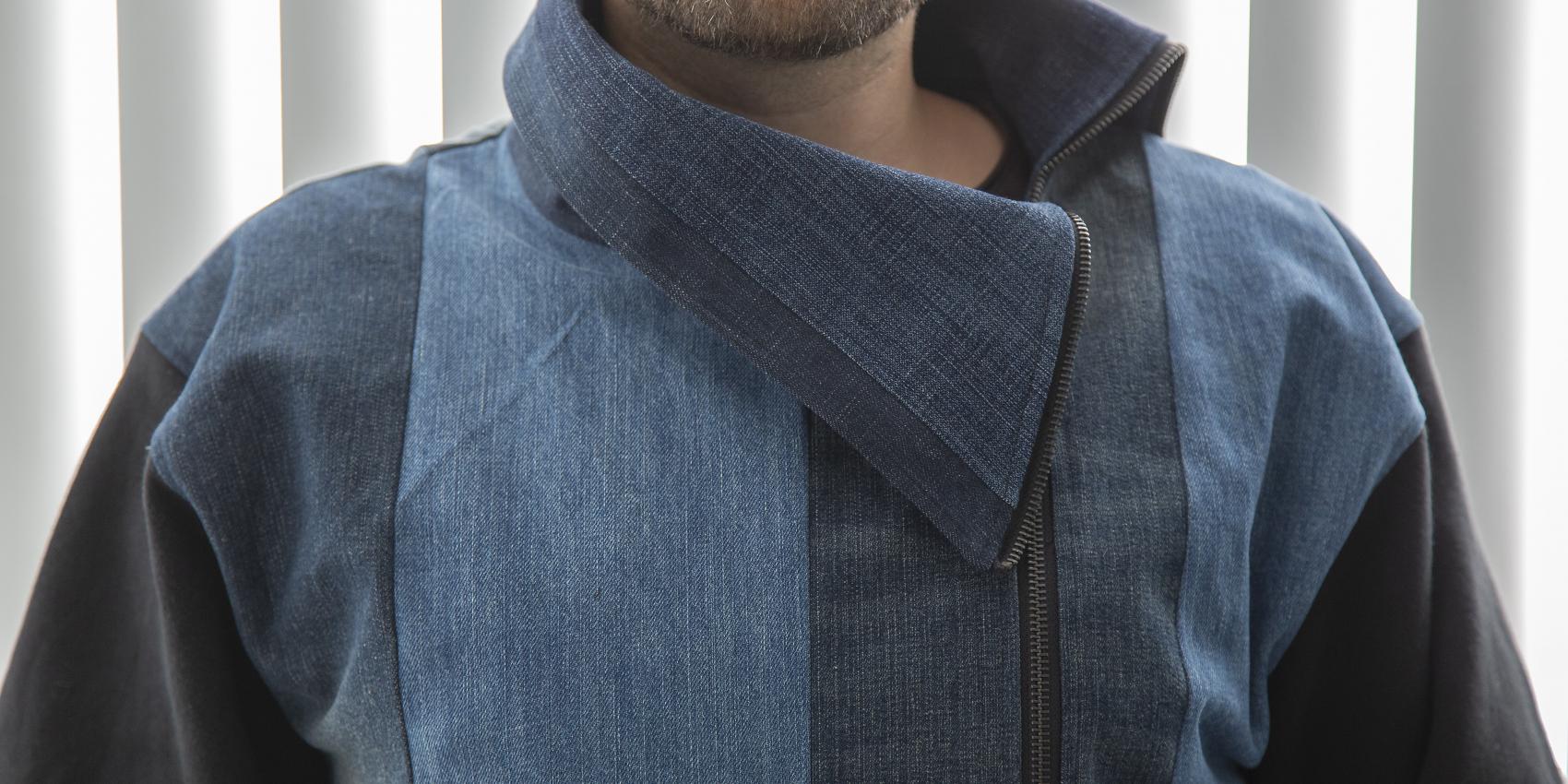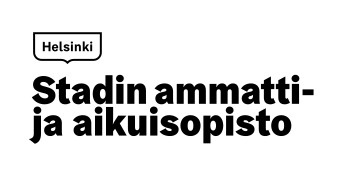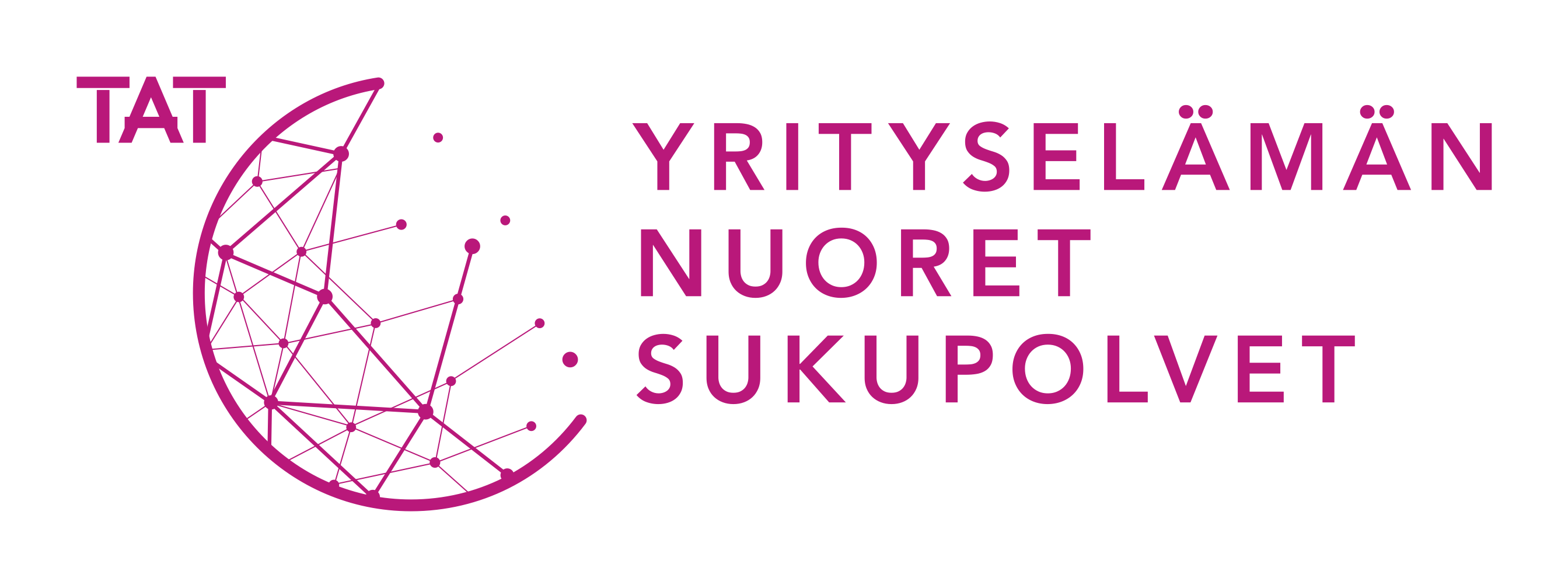Quality management in the product’s lifecycle
A product’s lifecycle refers to its various phases, starting from the production of raw materials and ending in the product being discarded. Every phase of the product’s lifecycle consumes energy, natural resources, materials such as various chemicals and water and tools. The product itself only contains a fraction of the natural resources that are used during its lifecycle. The rest is returned to the environment as waste or emissions. The most significant environmental impacts of textiles are related to the use of energy and water as well as chemicals that are hazardous to the environment and health. They are used in all phases of the production chain, all the way from the production of raw materials to the finished product.

Based on lifecycle studies, the most significant environmental impacts of textiles are caused by
- the production of fibres and the dyeing and finishing processes
- the use of textiles: the energy and water used during washing, drying and ironing.
In contrast, the following have a lesser environmental impact: manufacturing of thread and fabric, sewing clothing, transport, storage and textile waste.
The benefit of lifecycle thinking is that by knowing the lifecycle phase with the greatest environmental impact we are able to focus our efforts efficiently on the right things.






